Drywood Termites
Drywood termites are a danger to any wood in your home, inside or out. They form colonies where each termite has a special function in … Continue Reading
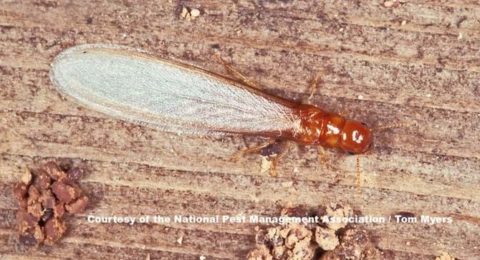
Drywood termites are a danger to any wood in your home, inside or out. They form colonies where each termite has a special function in … Continue Reading
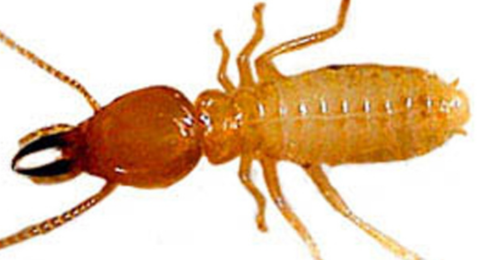
Formosan termites are arguably the most dangerous type of termite to invade a home. These termites devour wood 24/7, and colonies may include upward of … Continue Reading
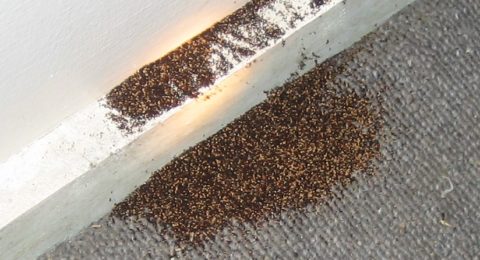
Drywood termites excrete droppings and kick them out of tiny holes. The droppings often resemble coffee grounds. These pellets build up around baseboards, windowsills, furniture … Continue Reading
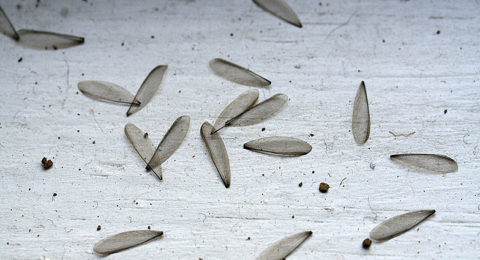
A termite swarm often leaves behind termite wings or even dead termites. These can typically be found in small piles near window ledges or other … Continue Reading
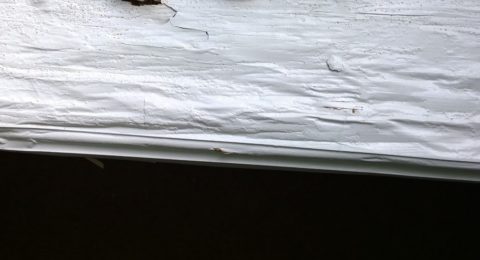
If you notice bubbles, blisters or soft spots on wooden objects such as your wood floors or windowsills, this may indicate termites. These blisters highlight … Continue Reading
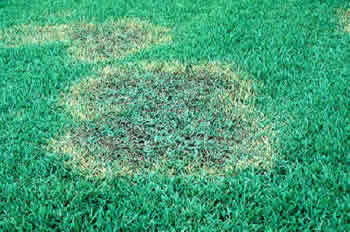
Heavy thatch, high humidity, lush growth and heavy moisture are ideal conditions for brown patch. Large, irregular circular areas up to several feet in diameter of a brownish gray color indicate brown patch.

(1/8” – 3/16”) Adult bed bugs are reddish brown, flattened, oval and wingless, with a banded appearance. In the daytime, they tend to stay out of the light, preferring to remain hidden in such places as mattress seams, bed frames, nearby furniture, carpeting, baseboards, or bedroom clutter.
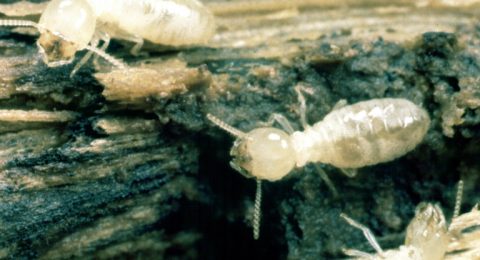
(Length: 1/8″ – 3/8″) These are social insects living in colonies in the soil. The colony is made up of workers, soldiers and reproductives. Subterranean termite colonies feed on wood or other cellulose material such as paper, cardboard and fiberboard.
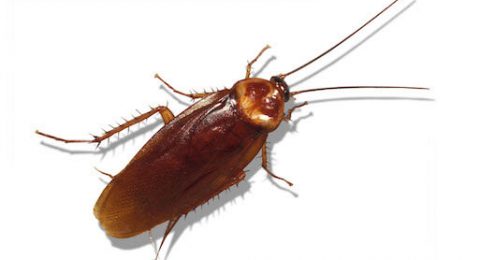
(Length: 1 3/8″ – 2 1/8″) One of the groups commonly referred to as “Palmetto Bugs”, the American Cockroach is the largest of the roaches infesting homes. It has reddish brown wings and is a good flyer.

(Length: 1/2″) These dark brown to black winged insects are the male and female reproductives. They emerge from the colony in a dark cloud at least once per year. Their short flight drops them to the ground where they then seek the proper conditions for the king and queen to start a small brood chamber in the soil.
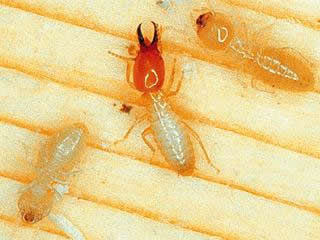
(Length: About 1/2″) Like subterranean termites, Formosan termites feed on cellulose material (i.e. wood), but they are more aggressive and attack wood at a much faster rate.
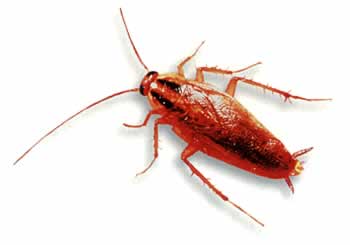
(Length: 1/2″ – 5/8″) This roach, with two dark vertical stripes behind the head, is found throughout the world, thriving wherever man lives, eating the same foods, sharing the same habitats. It is commonly found in restaurants, kitchens and stores where food, moisture and harborage are abundant.